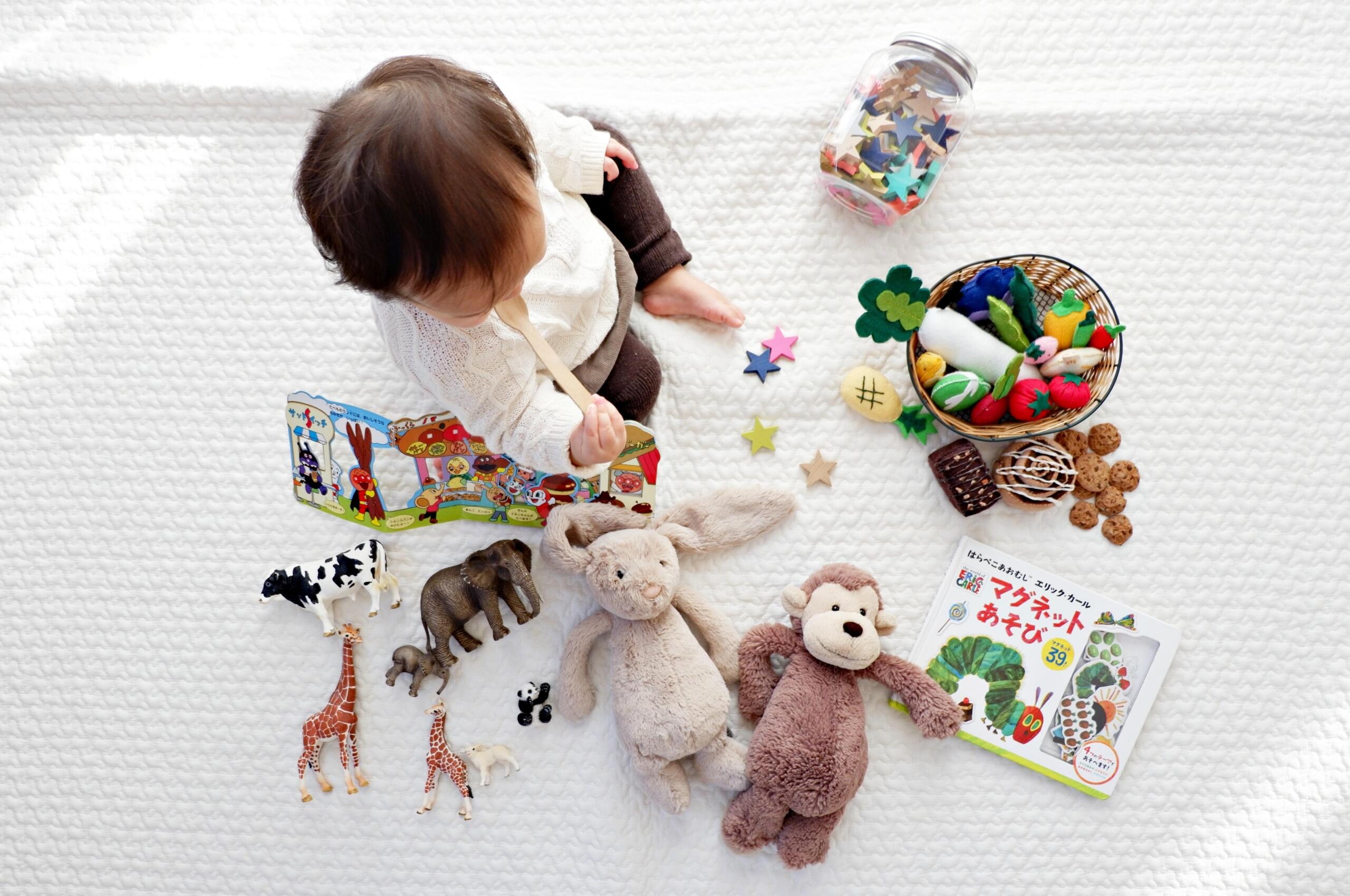Today’s younger generation has an entirely new vocabulary for describing gender identity and inclusive wording for the non binary meaning. All of this proves that gender fluidity is important to them and therefore parents should aim to get to grips with the latest gender definition.
Of course, this can be tricky for parents who are neither equipped or informed to discuss gender identity and the nuances around the non binary meaning.
In this article, we hope you to guide you through the gender definition as well as provide tips for you to dialogue with your children on the meaning of the term gender fluid and more.
Want to give private lessons?
Join the Superprof community and share your knowledge with inquiring and motivated students.
Gender Identity
In order to engage with children around gender identity, we need the latest gender definition.
According to the European Institute for Gender Equality, the gender definition is as follows:
"Each person’s deeply felt internal and individual experience of gender, which may or may not correspond to the sex assigned at birth, including the personal sense of the body (which may involve, if freely chosen, modification of bodily appearance or function by medical, surgical or other means) and other expressions of gender, including dress, speech, and mannerisms."
This gender definition is centred around the definition contained within Yogyakarta Principles on the Application of International Human Rights Law with regards to Sexual Orientation and Gender Identity.
The concept of gender identity and gender fluidity is a human rights issue and it is critical that it is spoken about with children from a young age.
Explaining the Non Binary Meaning as a Parent or Teacher
Parents and teachers have unique challenges when it comes to holding space for the delicate issues that children have to navigate. Today, this includes all the complexities around the gender fluid definition and what it means to them personally.
Research in support of gender fluidity shows that children should have the freedom to interact with any clothes, activities and toys of their choice for them. In so doing they are proven to have better school results and improved emotional balance.
There is an ongoing debate to protect children from all that is included in the non binary meaning, as well as sexist stereotypes
So when and how does one start the conversation?
Age 0-3
Before any conversation, it’s essential that all toys and possibilities are exposed to your child. During this age, play is an important form of communication and the toys become the vocabulary needed to express complex concepts.
Giving children as many options as possible allows them to explore all of their feelings and interests in a non-threatening way. This is partly what it means to raise children beyond their gender roles.
During this time, asking questions is another important way to make the child feel safe to share their feelings regarding identity with you. Never ridicule any role your child has chosen to play. This phase is an opportunity to teach about body parts. Along with arms, legs and other parts, genitals should be included. Simple statements like ‘most boys have penises, but not all of them’ could be used. Similarly, ‘most girls have a vagina and vulva.’ These statements set out a wider standard than encourage gender fluidity as opposed to a set standard.
Conversations like this include space to normalise intersex children (1.7% of the population) and allow for meaningful conversations later on.
Not all children are able to confidently assert gender at such a young age. Regardless of when they begin to feel comfortable talking about it, always take it seriously and never ignore or minimise them.

Age 4-6
From the age of four, children become more sensitive to division, categories and social rules. If they felt gender fluid before they may become to be more self-conscious about it now. Including activities related to understanding non binary identity at this point can help to alleviate this.
Using media tools like stories, TV and games to include non binary meaning at this stage can be extremely helpful.
Because children will naturally classify and categorise things in haste, it is important to dialogue as often and as explicitly as possible about sexism and any issues around the issue of being gender fluid.
Try to reinforce family values over and above cultural values. For instance, you could say, this song says that “boys don’t cry” – “but in our family, it is okay to feel our feelings even if that means crying.”
Instilling a non binary meaning in a school context becomes more challenging because schools naturally separate and divide children by sex. You may notice that your school has introduced small changes like using language like ‘learners’ ‘friends’ and ‘students’ instead of boys and girls.
Age 7-10
During these ages, children are able to grasp more complex concepts and it is a good time to start a discussion about the non binary meaning, what it means to be gender fluid and even sexism and gender bias.
Use every opportunity to incorporate non binary examples in conversations and to keep the lines of communication open. For example, when there are forms or questionnaires to fill out, openly ask the child what they would like to say in the gender section.
Remember that even if they have always expressed a cisgender identity, by keeping the communication lines open you are giving them constant opportunities to offer new information. Often children who have a trans or non binary identity are good at hiding it, even from themselves as they.
Age 11-13
The conversation around gender fluidity naturally seems to ramp up around the teenage years when children are focused on identity.
Regardless of when you started your conversations around the meaning of gender fluid, these are good years to build on the conversation. At this point, it is really important to support teens of all genders when it comes to their questions relating to values and feelings around the sensitivities of the topics even if you don’t agree.
Remember that teenage years are already difficult so make sure that your children feel supported as well.

Other Helpful Tips for Adults
If you are going through a particularly challenging time, do not hesitate to take further steps to get
Professional Help
If you find yourself in a situation where your child is identifying as transgender, it can always be challenging. The situation can be even more difficult if your child suffers from gender dysphoria which can cause significant distress due to the desire to be another gender.
By talking to a mental health professional or specialist, you could work through solutions to alleviate your child’s angst. Leaning on professionals regarding the challenges associated with gender identity is an excellent way to verbalise your challenges and difficulties as a parent, teacher or child.
The Use of Pronouns
Every social situation requires that we use language to address one another as a sign of recognition and respect. As a parent or teacher, pronouns are even more important because they are the way we recognise someone’s gender identity. If you practice introducing yourself with your pronoun, you will encourage others to do the same.
Search for Resources
Raising and teaching children can be a challenge, however, we have all the resources available to constantly educate ourselves and to try and understand how new generations are evolving. This includes discoveries around gender identities like transgender, non binary, pronouns, gender fluidity, dysphoria and much more.
Be on the lookout for the plethora of resources available today, whether those are videos, movies, activists or books. You could even ask your children to share the personalities and artists with whom they identify and follow as a way to open up the conversation for further discussion. Don’t be afraid to ask questions and remember that as much as our children learn from us, we can learn from them too!
The most important place for a child to learn about gender identity is at home. Being able to tune in to your children’s feelings and concerns is critical in helping them to navigate the discussion regardless of their natural bias. Healthy, respectful, open dialogue that makes them feel loved, heard and supported along the way are the most important ingredients to make it a success.
Want to give private lessons?
Join the Superprof community and share your knowledge with inquiring and motivated students.





